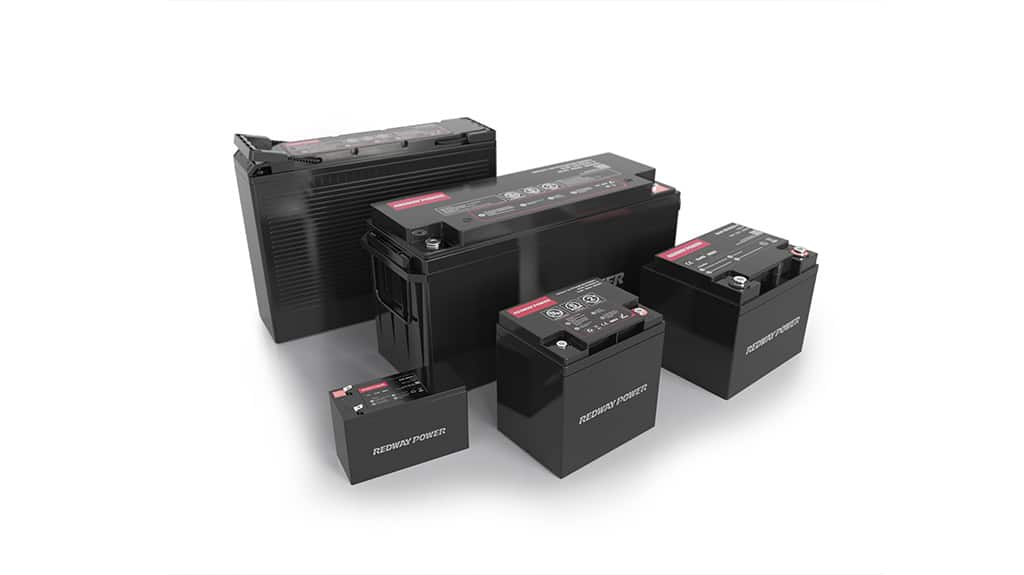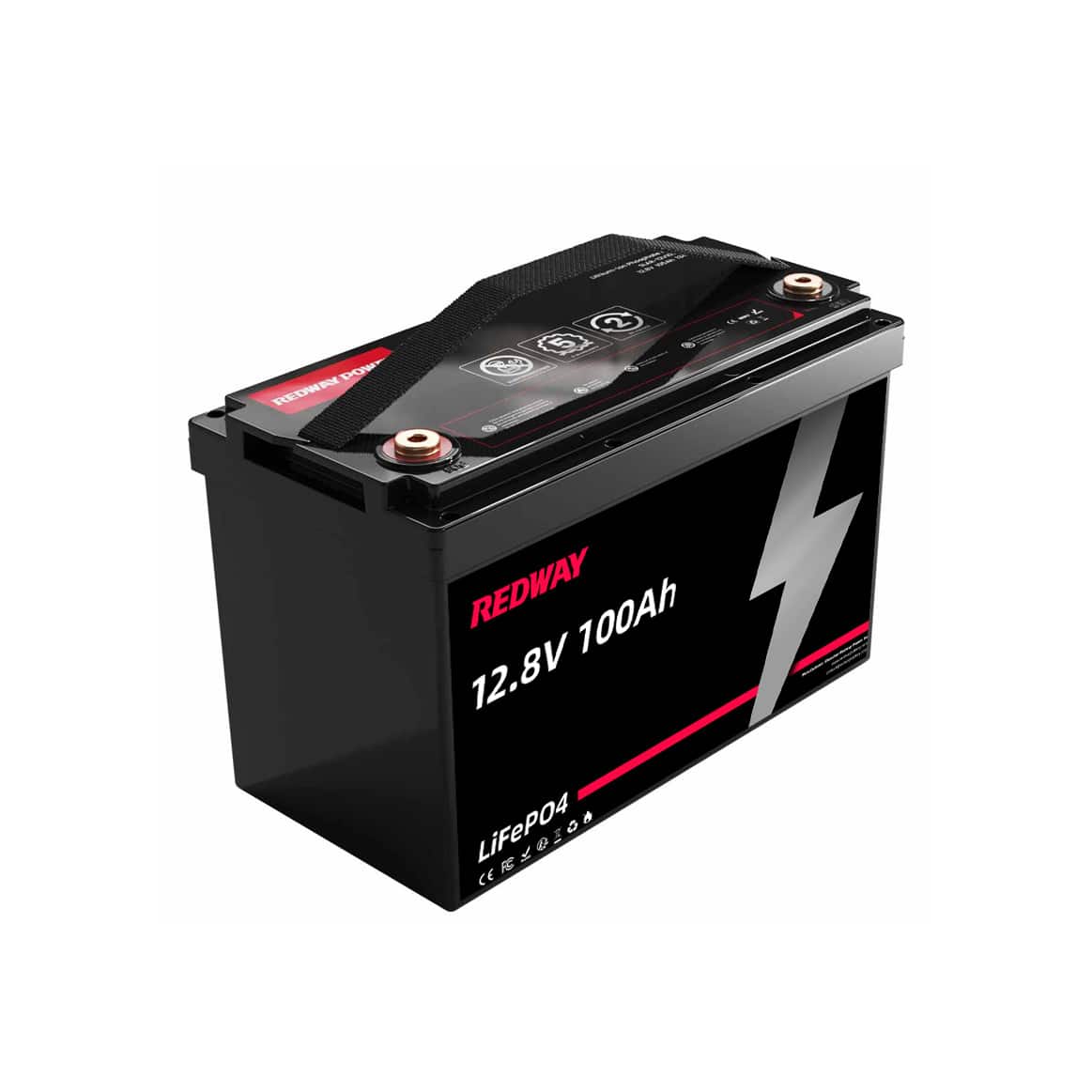At Redway Power, we take pride in revolutionizing power solutions with our advanced 12V 100Ah LiFePO4 battery. Designed to outperform traditional lead-acid batteries, our LiFePO4 technology sets a new standard in efficiency, longevity, and safety across various applications, from marine and RV use to solar energy storage and electric vehicles.
Advantages of Lithium Iron Phosphate (LiFePO4)
LiFePO4 batteries offer numerous advantages that make them a superior choice:
- Extended Lifespan: With a lifespan of up to 10 years or more, LiFePO4 batteries significantly outlast conventional lead-acid batteries.
- Higher Energy Density: Despite its compact size, LiFePO4 packs more power, enabling lighter and more energy-efficient applications.
- Safety First: Unlike other battery types, LiFePO4 batteries are inherently safe with minimal risk of fire or explosion.
- Enhanced Durability: LiFePO4 batteries can endure more charge-discharge cycles compared to other batteries without significant capacity loss.
Comparison: LiFePO4 vs. Lithium Ion Batteries
When choosing between LiFePO4 and lithium-ion batteries, consider the following:
- LiFePO4: Ideal for applications requiring durability and deep discharge resistance, offering long-term reliability despite higher initial costs.
- Lithium-ion: Provides higher energy density at a lower cost but tends to degrade over time, making it more suitable for cost-sensitive applications where longevity is less critical.
FAQs About 12V 100Ah LiFePO4 Battery
How Long Will a 12V 100Ah LiFePO4 Battery Last?
The longevity of our 12V 100Ah LiFePO4 battery varies based on usage:
- 100W load: up to 10 hours
- 50W load: up to 20 hours
- 200W load: up to 5 hours
- 1000W load: up to 1 hour
Charging Specifications
- Charging Time: Typically 3 to 4 hours with a 30A charger.
- Recommended Voltage: Charge between 14.2V and 14.6V to ensure optimal performance and safety.
How to Charge and Maintain a LiFePO4 Battery?
To maximize the lifespan and efficiency of your LiFePO4 battery:
- Charging Process: Use a charger compatible with 14V to 14.6V output, monitor charging progress closely, and disconnect once fully charged to prevent overcharging.
- Maintenance Tips: Store batteries at 50% charge in cool environments, perform full cycles periodically, and inspect for damage to ensure peak performance.
Understanding Charge Cycles
The charge cycle of a LiFePO4 battery involves:
- Constant Current (CC) Charging: Maintains a steady current during initial charging for efficiency.
- Constant Voltage (CV) Charging: Stabilizes voltage as the battery nears full charge, preventing overcharging and ensuring complete battery health.
Conclusion
Redway Power’s 12V 100Ah LiFePO4 battery represents a paradigm shift in energy storage, combining robust performance with unmatched safety and longevity. Whether for marine enthusiasts, solar power users, or electric vehicle owners, our LiFePO4 batteries deliver reliable power solutions that exceed expectations.
Related Posts
- Why disorder improves lithium-ion battery life?
- The Ultimate Guide to 3V Lithium Batteries: CR2032, CR123A, and More
- The Future of Battery Technology – Dragonfly Energy Corp. Leads the Charge
- Solid-State Batteries and Grid Energy Storage: Promise and Challenges
- Solar Powered Battery, Comprehensive Guide
- Sodium ion Batteries, All You Need to Know






























